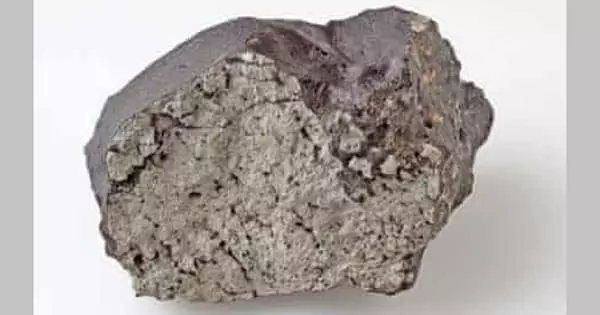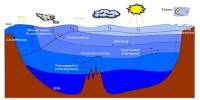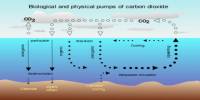At Columbia County, New York, where his family farms, Charles Towe, an associate professor of agricultural and resource economics at the College of Agriculture, Health and Natural Resources, began observing a change in land use.
Towe saw that most of New York State’s potential agricultural land was lying fallow. He was also acquainted with local farmers who were unable to purchase land. He then looked into the downward trend in agricultural productivity as a result.
“I was trying to solve the problem of, how do we have hundreds and hundreds of acres of land idle, and farmers looking for land saying, ‘I can’t find any land around’,” Towe says.
Towe recently published his findings in Land Economics.
In Columbia County, a region close to the Catskill Mountains, he discovered that of the 800 agricultural properties, nearly a quarter were owned by non-residents. The majority of the non-residents in Columbia County, whose permanent residence is not on their land, came from New York City, which is around two hours away by automobile.
While there may be non-resident owners from other areas, Towe focused his study on New Yorkers to understand their impact on land use in his community.
We’re trying to make an economic link between the urban and rural communities because the country feels like it needs it. I think the takeaway from this is we’re really trying to say, ‘What are the impacts, what are the positives and negatives of being in this second home market.’
Professor Charles Towe
“It appears that there is a preference for the amenities that an ag parcel here provides for second homeowners coming out of the city,” Towe says.
Since 2001, nonresident ownership of farmland in Columbia County increased by 22.7%. Part of this upward trend may be related to the use value taxation credit New York state offers. Property owners who use a portion of their land for agricultural uses are eligible for the credit, which has been around for years.
However, there are few stipulations about what this use must look like. Even while the credit helps farmers, many non-resident landowners only use a portion of their property to grow low-quality hay for animal bedding and very little else. Some people can use leasing their land to nearby farmers to qualify for the credit.
Towe discovered that when non-residents purchase agricultural land in this region, 10–11% of the land is completely removed from the agricultural sector, according to two USDA datasets on land use records from the previous decade. An additional 10-11% is used for low-value hay.
In 2019, Towe completed a similar study for the Connecticut Department of Agriculture to evaluate Connecticut’s Public Act 490 which provides tax breaks for agricultural land. The Act was adopted in 1963 to help preserve the state’s farm, forest, and open land.
Just like in New York, Towe found that, by far, the most common crop grown on farmlands that the owner rented out was hay, around 40%.
“At the end of the day, if you want to buy land and use it in your way, that’s your right,” Towe says. “But perhaps certain pro-agricultural tax policies should be revisited to verify that these are not being abused.”
Towe says this is the “first log on the stack” of uncovering the questions surrounding land use change with non-resident owners and the costs and benefits to the local community.
“There’s a lot happening here that’s kind of hard to put a finger on,” Towe says.
Towe’s upcoming research project will examine information from nearby short-term holiday homes. The local community frequently perceives these types of rentals negatively.
However, the overall picture is probably more convoluted because increased rental income allows locals to afford more expensive homes while also bringing in more money from tourists.
“We’re trying to make an economic link between the urban and rural communities because the country feels like it needs it,” Towe says. “I think the takeaway from this is we’re really trying to say, ‘What are the impacts, what are the positives and negatives of being in this second home market.’”
















